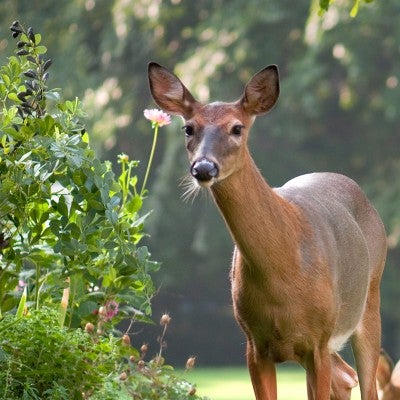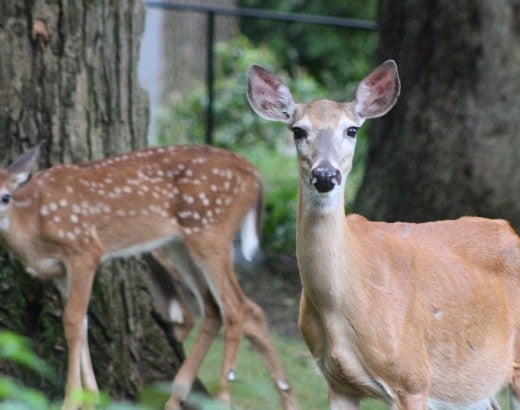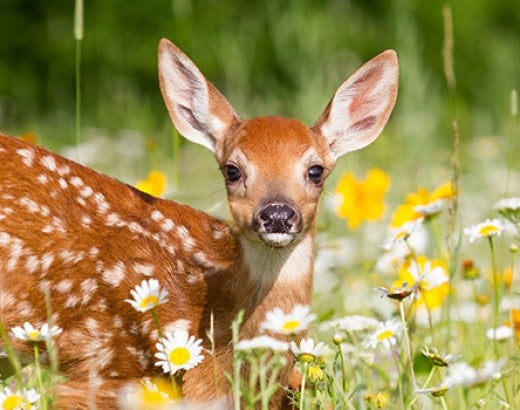As more natural habitats like forests and deserts turn into buildings and roadways, wild animals are forced into smaller and more crowded spaces—including our own backyards. While we may see the presence of these animals as a nuisance, they are simply trying to survive.
A humane backyard is a natural habitat offering wildlife plenty of food, water and cover, plus a safe place to live free from pesticides, chemicals, free-roaming pets, inhumane practices and other threats. And it's so easy to build!

The impression that some species are “overpopulated” generally overlooks the fact that they may have lost their habitat or their natural predators. Rather than mass killing, we’re working toward non-lethal wildlife population control.

Who were live-trapped and relocated from suburban areas to a large forest either soon died or disappeared from their release area, according to recent studies.
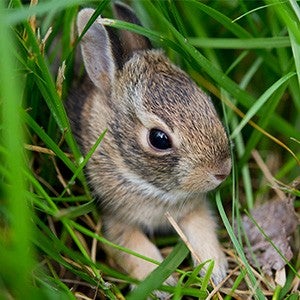
Is all baby rabbits need before they are ready to be out on their own. They may be small, but once they can hop, they are typically fine without human intervention.
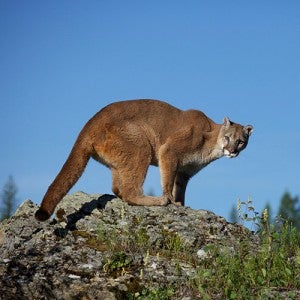
Were killed by trophy hunters in the last two decades as a result of the perception that killing these animals protects livestock and reduces nuisance complaints.
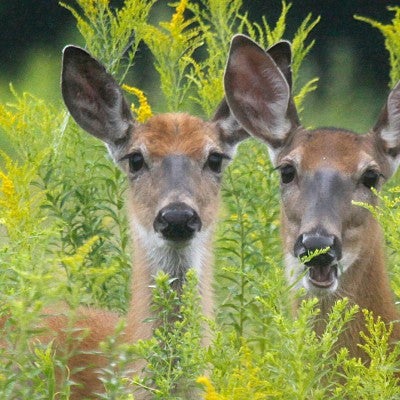
Every day, more and more wildlife habitats are lost to the spread of development. Your gift can help create more humane backyards to protect all animals.
